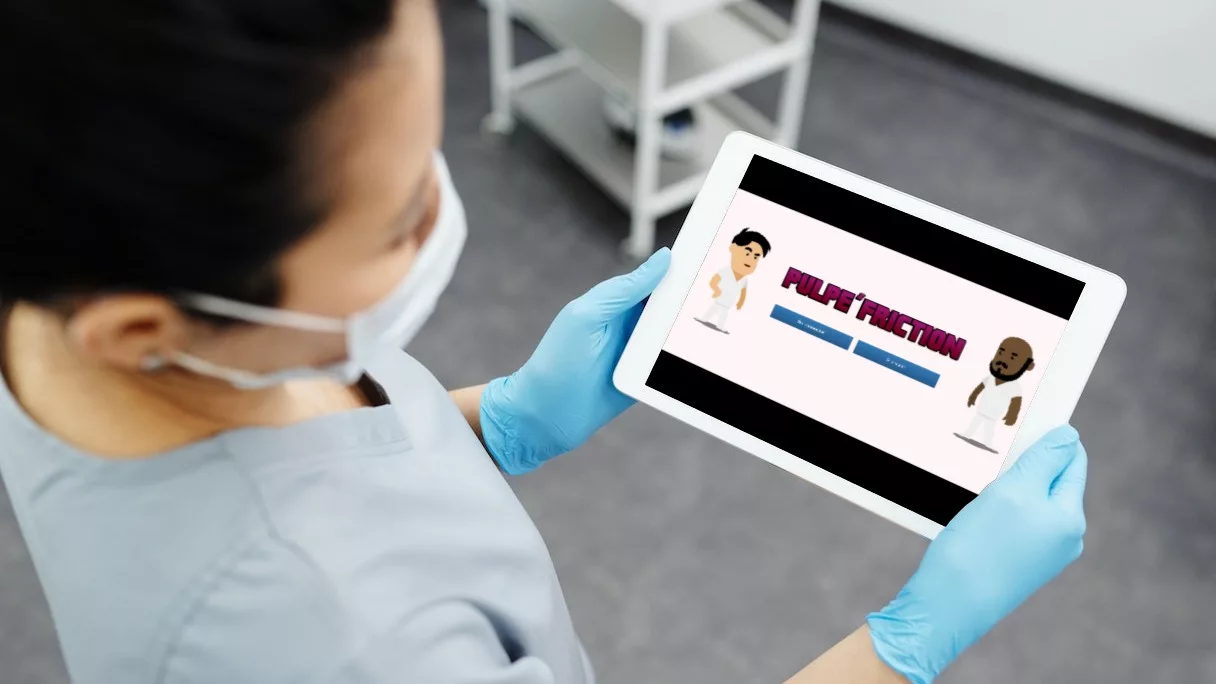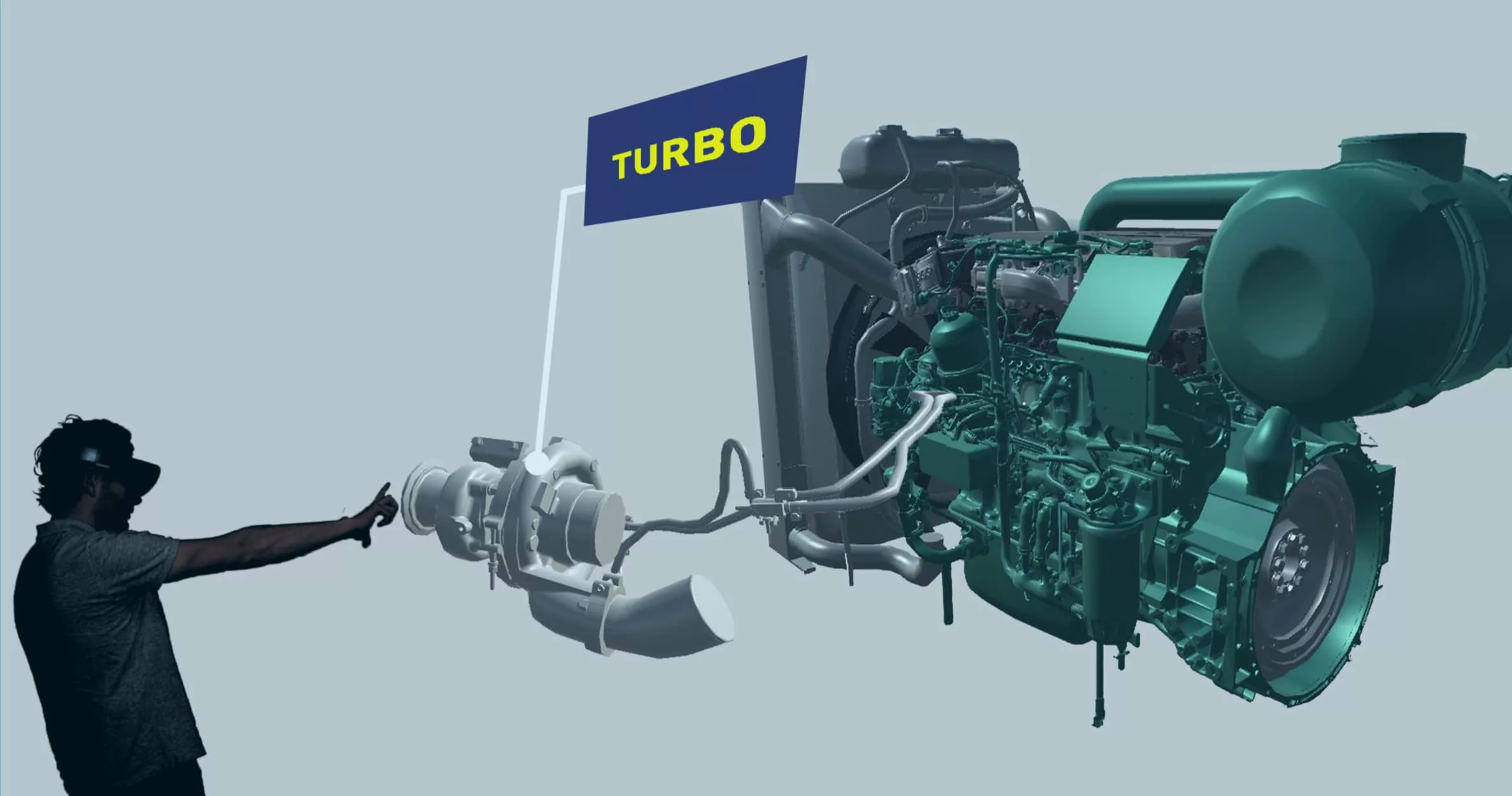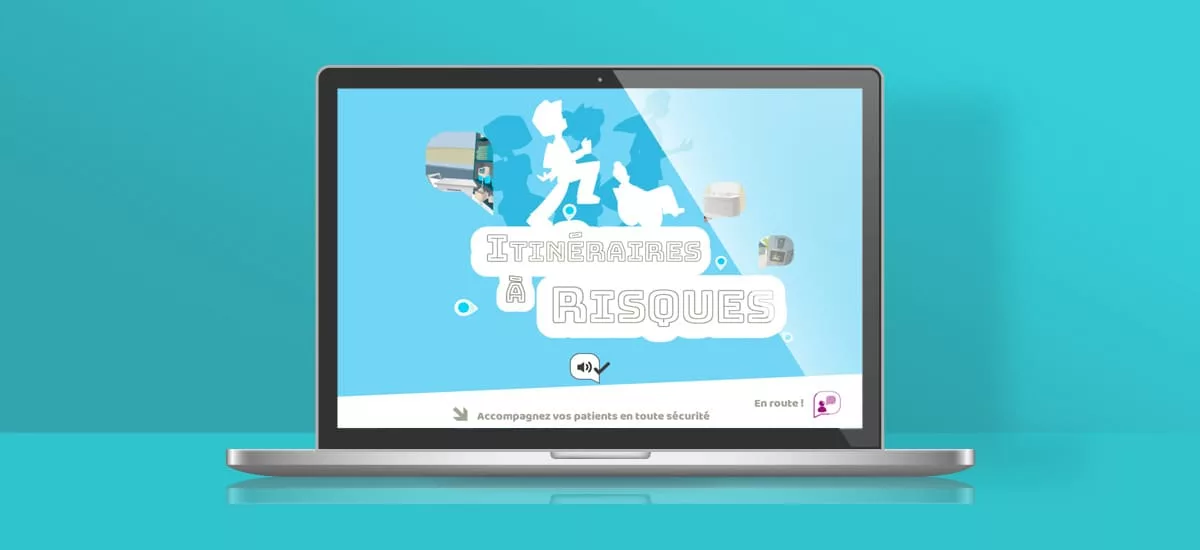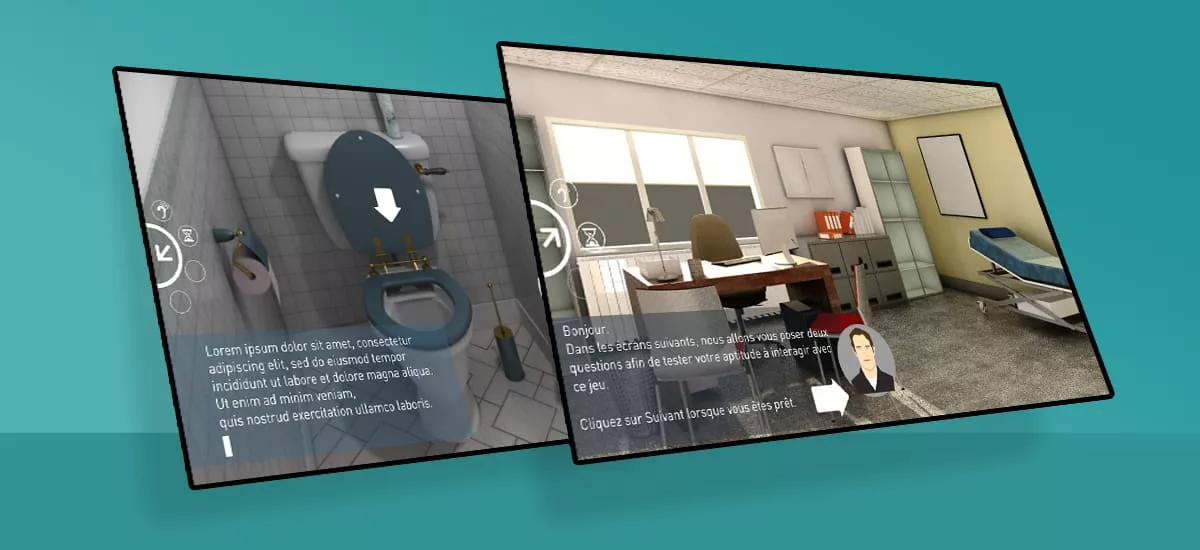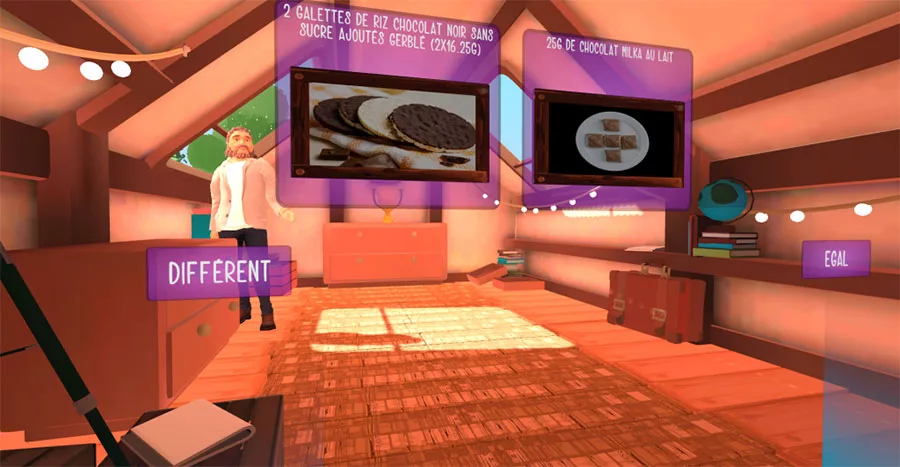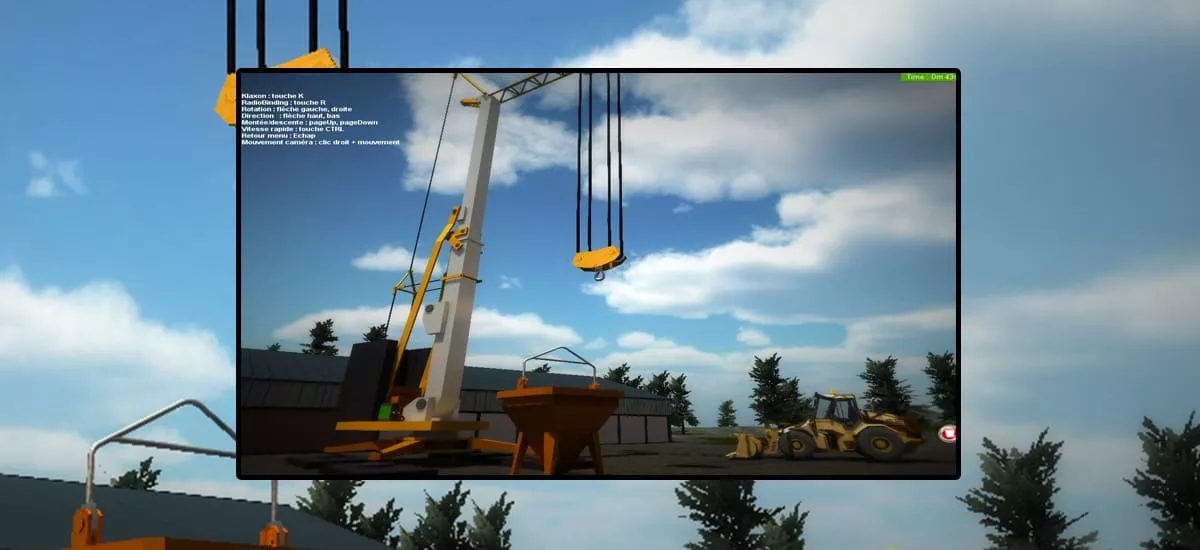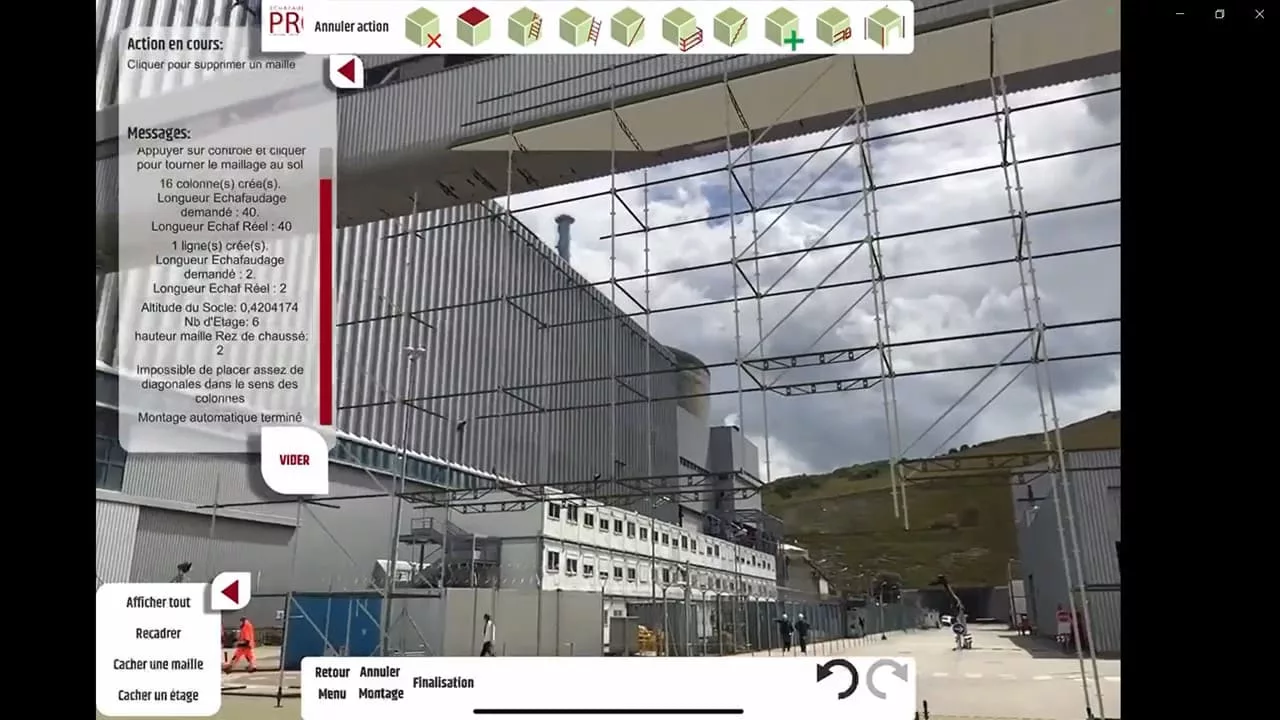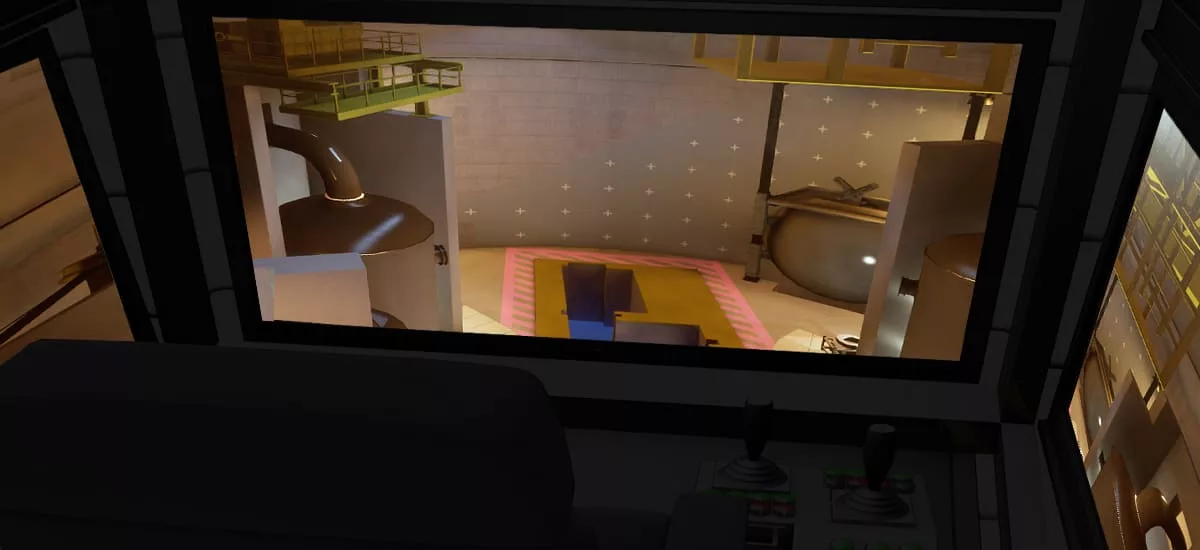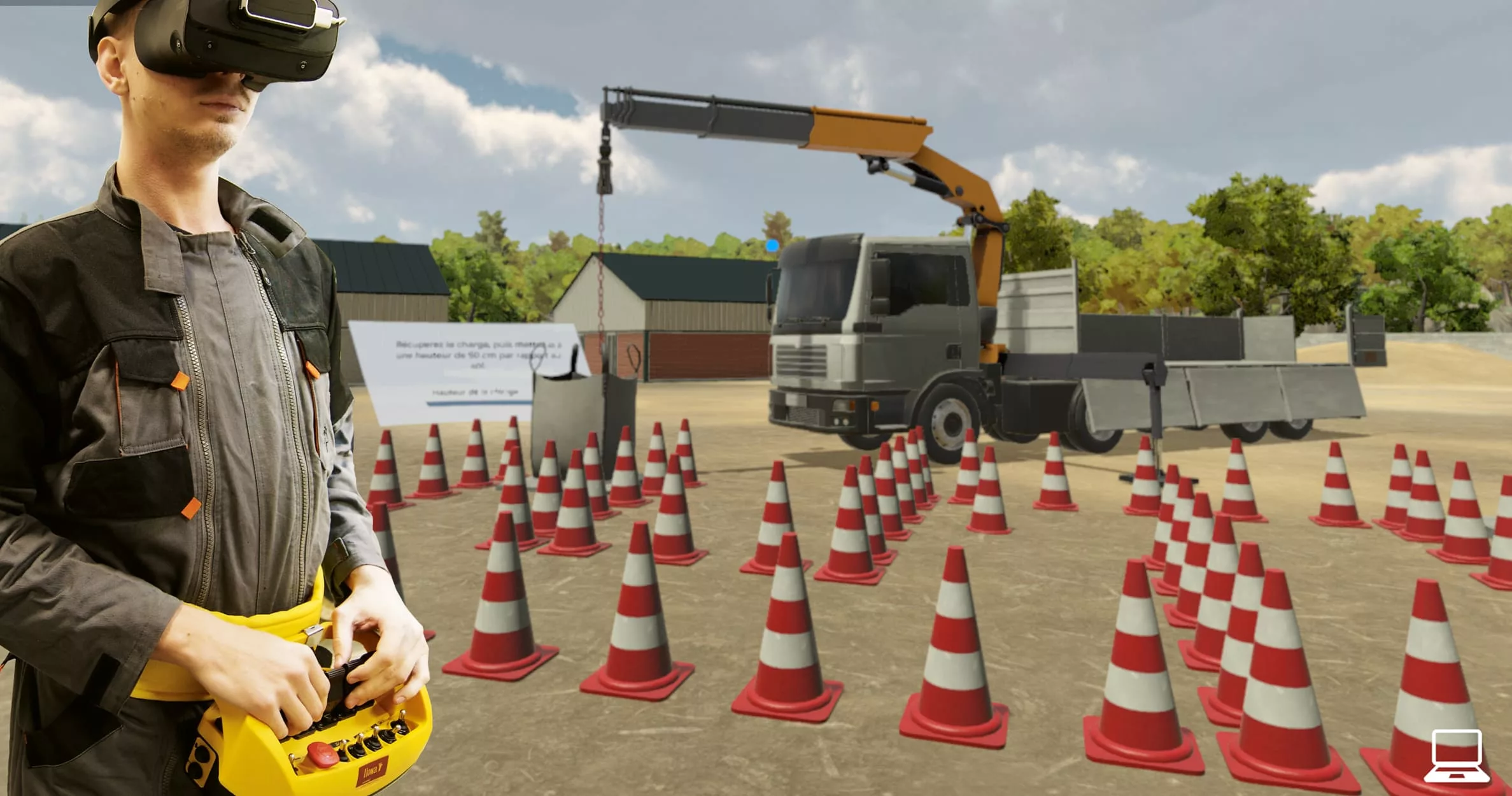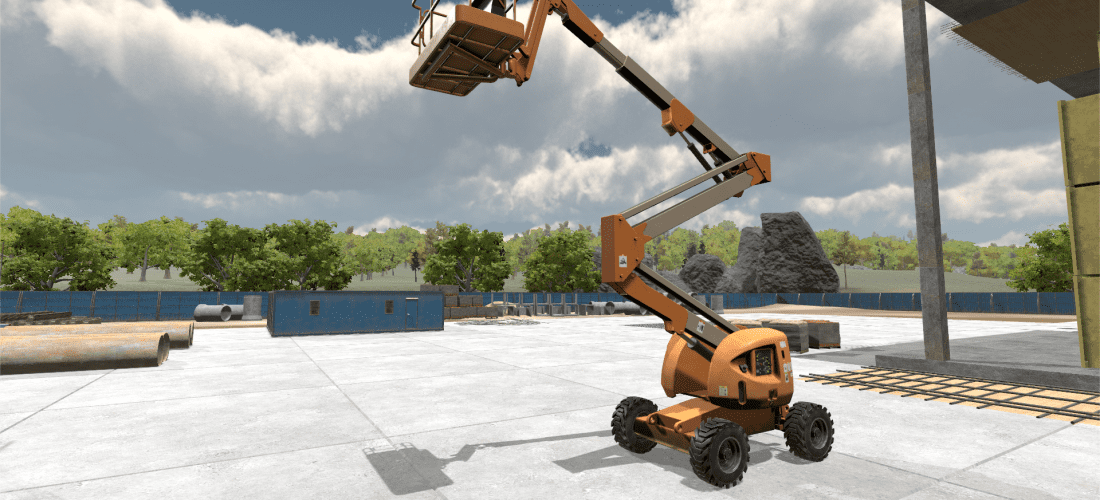Device
Developed for Repias (Network for the Prevention of Healthcare-Associated Infections) Nouvelle Aquitaine, Pulpe’Friction is a tool for evaluating professional practices (EPP) offered to healthcare facilities and medico-social establishments on the topic of hand hygiene.
It allows an investigator to quickly query (less than 10 questions):
- Training program for healthcare professionals in a department on their hand hygiene practices at various key moments and their barriers to using hand sanitizer.
- Training program for patients/residents in a department on their perception and the importance they attach to the hand hygiene of healthcare professionals and the information provided to them regarding their own hand hygiene.
This application developed by Audace allows healthcare facilities and medico-social establishments to obtain 3 out of the 18 public indicators of the national strategy for infection prevention and antimicrobial resistance 2022-2025.
Target
Professionals and patients of healthcare facilities and medico-social establishments.
Objectives
- Deliver a team diagnosis on hand hygiene practices: self-reported compliance at different times of care, major obstacles, stage of change of the team.
- Provide insights into patient perception ;
- Offer a personalized action plan
